Science in Action at TRCA
May 26, 2022
Spring has sprung, which means many Watershed Planning and Ecosystem Science (WPES) team members are busy training staff and actively preparing for the collection of monitoring or ecosystem science data.
We wanted to share a few of our latest news and updates from the last few weeks:
Spring surveys for frogs and birds
Our team listens for breeding frogs and bird calls each spring. After a few warm nights in April, we began our amphibian surveys. Round two of surveys began last week, with round three finishing in June.
Meadow and wetland bird monitoring started last week, and forest bird monitoring and breeding bird inventories at select sites both started this week.
Did you know? Warm spring showers and increases in air and water temperatures are what tell our biologists when it’s time to start many of our fish and wildlife monitoring activities. There is no planned start date. Mother Nature tells us when to schedule our work!
Learn more about terrestrial monitoring activities
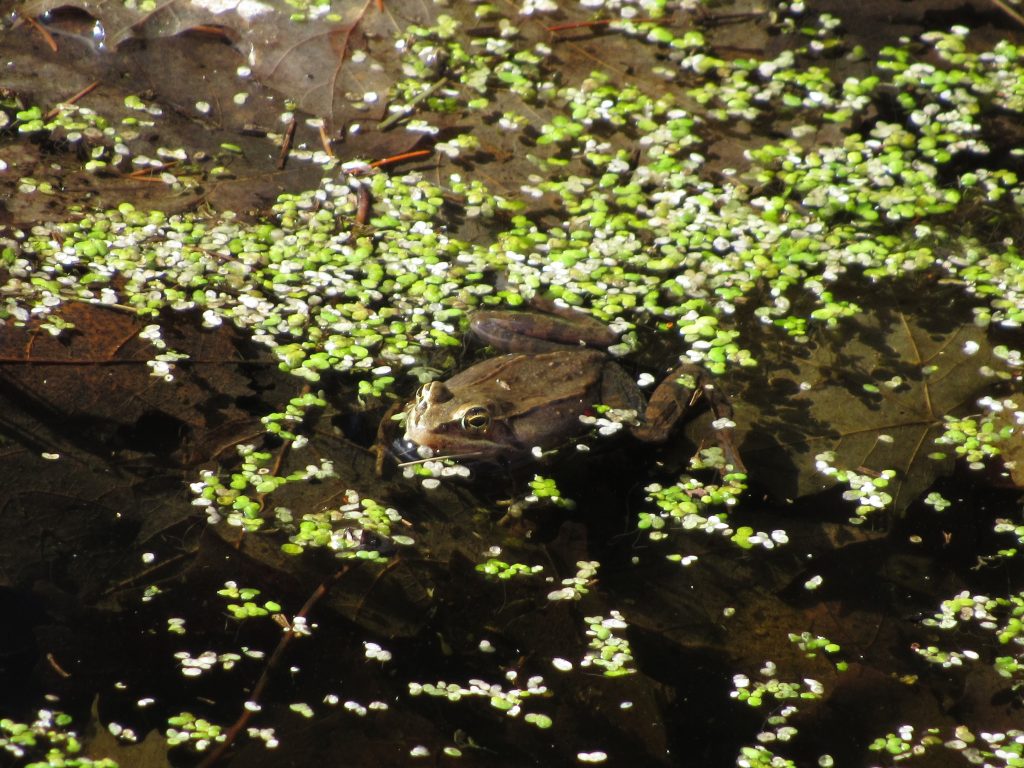
Amphibian surveys begin at dusk, requiring our biologists to rely more on their sense of hearing than their night vision. This Wood Frog was heard calling for a mate at one of our long-term monitoring stations at Albion Hills. Wood Frog calls are a series of sharp quacks, almost like a duck. Listen!
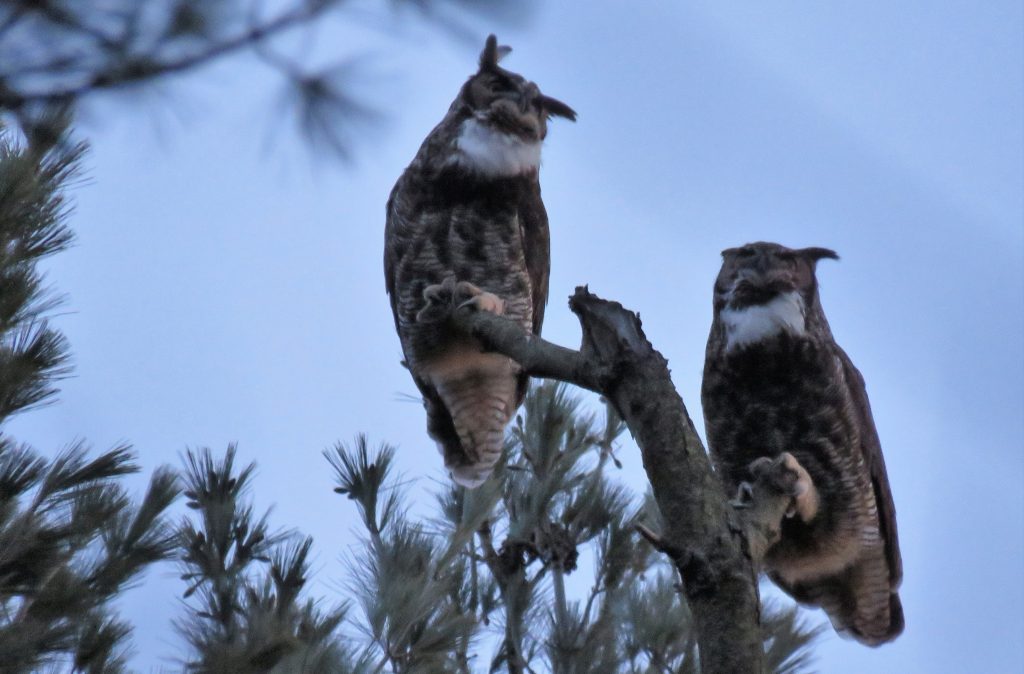
Usually breeding bird surveys start at 5 am. Here is a pair of Great-horned Owls photographed at dawn during one of the breeding bird surveys. This species is one of the earliest breeders in our jurisdiction, with nesting taking place often before the snow disappears.
Welcome to the team!
A few new staff have joined WPES this spring and summer to collect critical long-term monitoring data and assist with ecosystem science research. Most of the staff training has taken place and some field work has begun. Welcome everyone!
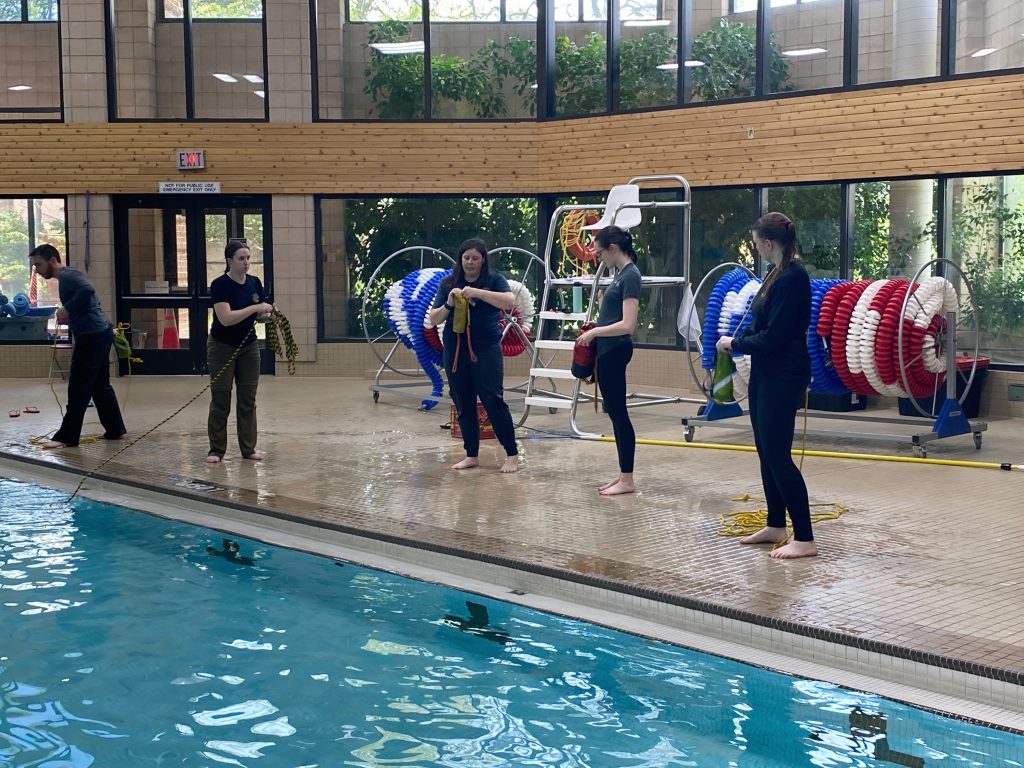
Working safely around water is important training for all TRCA staff members who work in and around water. Last week and this week our team hosted water safety training courses at the Al Palladini Community Centre in Vaughan. More training dates are being scheduled.
Management of the Invasive Sea Lamprey
This activity is not for the faint of heart! Luckily we have two fearless individuals, Aliana Hellmouth and McKayla Jarvie, ready and willing to help control the invasive Sea Lamprey fish.
Sea Lamprey are parasitic, invasive fish that use a suction cup-mouth lined with teeth to latch onto the side of the fish and feed on body fluids.
In 2021, 953 invasive Sea Lamprey were caught and removed from the two traps in the Humber River and one trap in Duffins Creek. Last week there were hundreds of Sea Lamprey caught in the traps set at the mouth of the Humber River and Duffins Creek watersheds!
This week we were interviewed by the Weather Network where we shared how TRCA partners with the Department of Fisheries and Oceans Canada to protect the health of the Great Lakes fishery.
Enhancing Great Lakes coastal wetlands
Many of you attended the Great Lakes Coastal Wetlands Webinar Series held on April 4-8, 2022, hosted by Sharon Lam, Jessica Akande, Meaghan Eastwood, and Krista Chomicki from our Ecosystem and Climate Science team.
This five-part webinar series shared findings from the 2017-2022 Environment and Climate Change Canada coastal wetlands vulnerability assessment, including priorities for action.
Visit the Knowledge Sharing Platform to view all 5 webinars
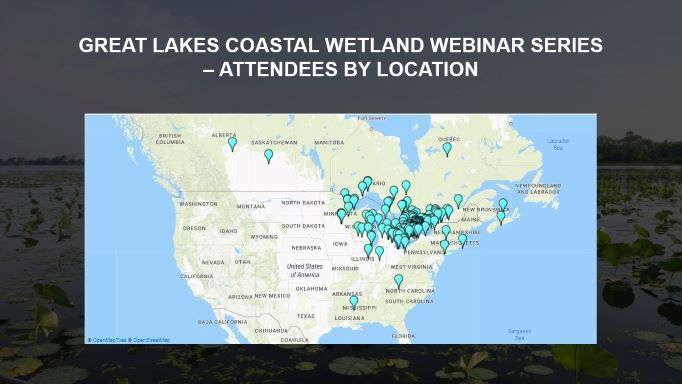
The series featured 26 speakers and was attended by over 400 people in Canada and the United States on both sides of the Great Lakes!
Hot and cool research
We are fortunate to have Dr. Jonas Hamberg working with our team on several research projects. He is one of the only scientists worldwide using innovative thermal imaging to assess forest health.
Recently he supported one of our Research Scientists, David Lawrie, to collect thermal imaging of remaining habitat for the endangered Redside Dace.
Dr. Hamberg also joined the University of Toronto recently to measure and monitor fire spread in different vegetation communities during the annual High Park prescribed burn.
Learn more: Redside Dace Research or Thermal Imaging Research
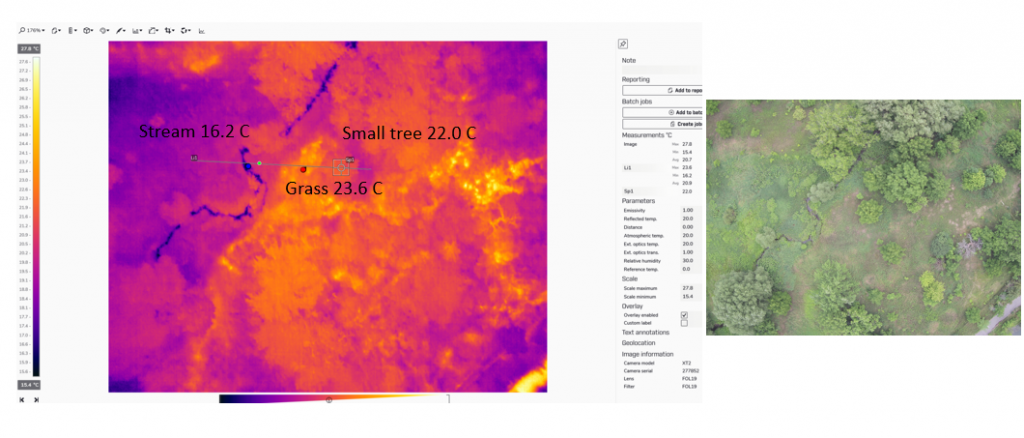
We took images last year and this year of a creek where the endangered Redside Dace fish lives. This summer, a work-study master’s student will work on processing and analyzing this information. Knowing the temperature of streams and the surrounding landscape is very important information for the protection of this species.
Public engagement for the Etobicoke Creek Watershed Plan
Over the last few weeks, TRCA has been gathering input on the priority issues and actions to improve the Etobicoke Creek watershed health by engaging the local community who live, work, and play in the watershed.
This feedback, combined with the latest science and data, will help create a new watershed plan for Etobicoke Creek. This plan will identify collaborative management actions to take over the next several years to improve the watershed health of Etobicoke Creek.
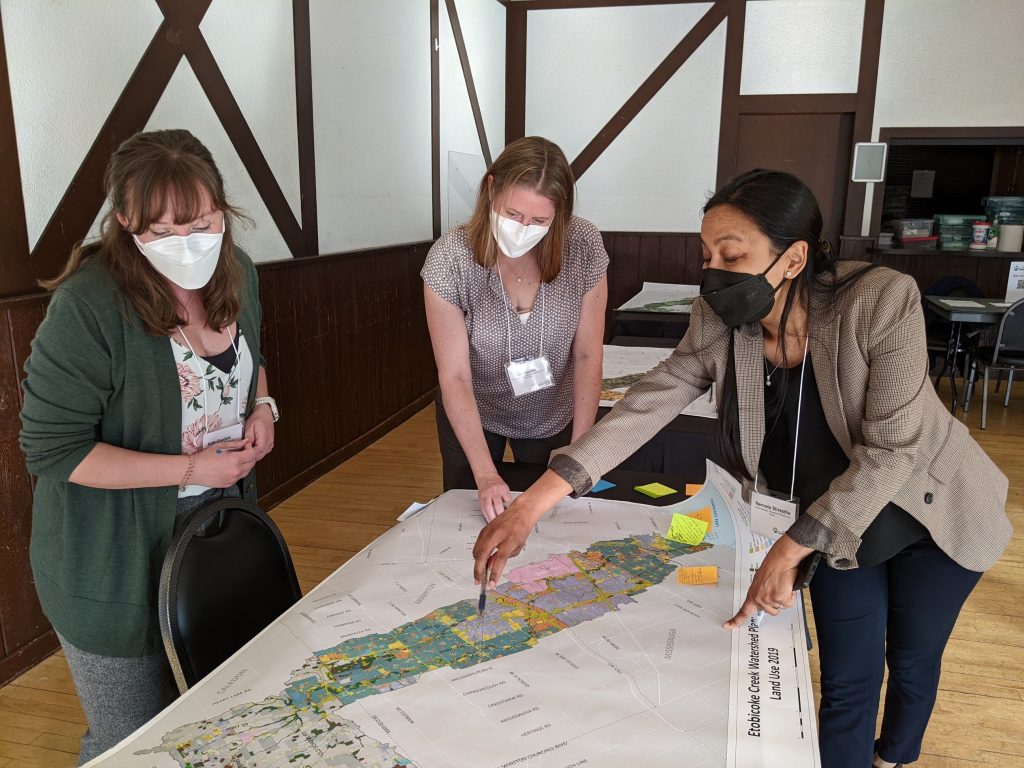
(L to R) Kate Goodale, Elizabeth Speller and Namrata Shrestha set up for a public engagement session at the Southfield Community Centre in Caledon on May 11th, 2022.
We will share more news from our team again soon. For more information about the Watershed Planning and Ecosystem Science team you can view our staff expertise chart!